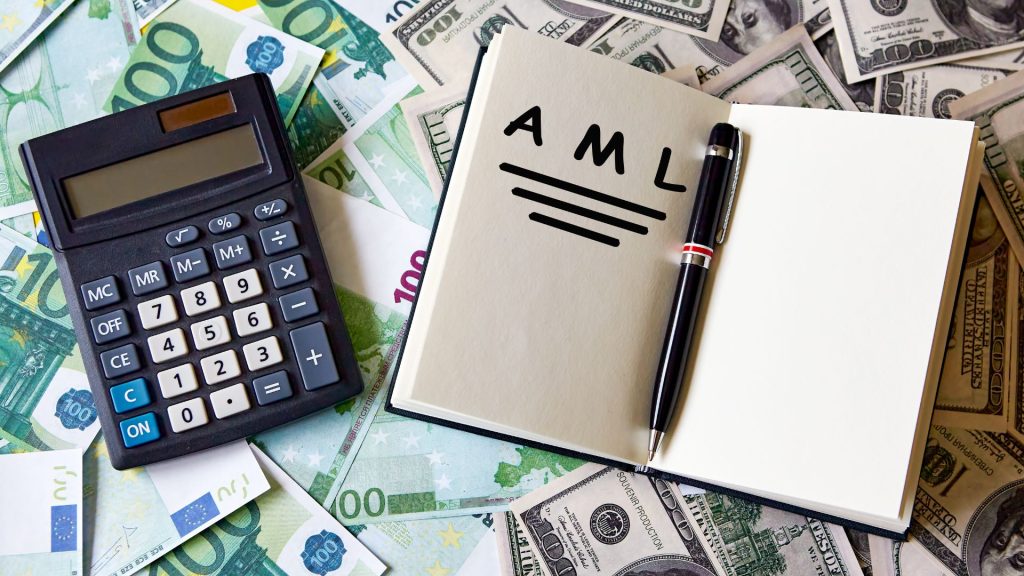Trade-based money laundering (TBML) methodologies frequently involve a misrepresentation of the value of the goods that are part of a trade deal. In recent years, criminal investigators have unraveled some absurd examples for this, including 12 pairs of men’s underwear for as much as 739 US-Dollar and a rocket launcher for only 52 US-Dollar.
Essentially, trade-based money laundering is the process of disguising the proceeds of crime and moving value through the use of trade transactions in an attempt to legitimize their illicit origins. As you have seen in the examples, in practice, trade-based money laundering can be achieved through the misrepresentation of the price, quantity, or quality of imports or exports.

Trade-Based Money Laundering Methods
Moreover, trade-based money laundering techniques vary in complexity. They are frequently used in combination with other money laundering techniques to obscure the money trail further.
In essence, there are six different methods of trade-based money laundering, which are:
- Over-invoicing or under-invoicing: The first technique involves over-invoicing or under-invoicing. In the case of over-invoicing, the goods or services are priced above the fair market price, and the seller can receive value from the buyer. In the second case, under-invoicing, the goods or services are priced below the fair market price, and the seller can transfer value to the buyer.
- Over-shipping or short-shipping: The second technique makes use of over-shopping or short shipping. They work through a difference in the invoiced quantity of goods and the number of shipped goods. The buyer or seller gains excess value based on the payment made.
- Ghost-shipping: The third technique is called ghost-shipping. Ghost-shipping is fictitious trades where a buyer and seller collude to prepare all the documentation indicating goods were sold, shipped, and payments were made, but no goods were shipped
- Shell companies: The next technique is not necessarily limited to trade-based money laundering but can be used throughout several money laundering activities. This technique involved the use of shell companies. Shell companies are part of a broader subject about which we will also briefly talk about later. They are used to reduce the transparency of ownership in the transaction.
- Multiple invoicing: The fifth technique is called multiple invoicing. Multiple invoicing means that numerous invoices are issued for the same shipment of goods, thus allowing the money launderer the opportunity to make numerous payments and justify them with the invoices
- Black-market trades: Lastly, there is the technique of so-called black-market trades. Black-market trades are also commonly referred to as the Black-Market Peso Exchange. A domestic transfer of funds is used to pay for goods by a foreign importer.
Trade-Based Money Laundering Compliance Balancing Act
Regulators and standard-setting bodies have classified trade finance as a “higher risk” business for money laundering, terrorist financing, and potential sanctions violations over the years. With the increasing complexities and volumes of trade flows, criminal organizations have more opportunities to launder criminal proceeds through the international trade system.
As a result, Financial Institutions (“FIs”) have had a difficult time monitoring and implementing controls in their trade finance operations to combat trade-based money laundering. The problem has been exacerbated further by a lack of clarity in many jurisdictions’ compliance requirements and regulatory expectations.

International Guidance on Trade-Based Money Laundering
The broader the scope of TBML regulators, the easier it is for individual businesses to prevent. Various regulations are issued by international authorities to disable and block TBML.
The FATF provides a list of trade finance AML red flags for financial institutions to consider when managing cross-border transactions, which includes:
- Significant discrepancies between invoices and official document descriptions of goods.
- Shipments involving unusually high volumes of goods handled by a single importer or exporter.
- Payment methods are incompatible with the transaction’s level of risk.
- Transport of goods into or out of countries considered to be high risk of money laundering.
Final Thoughts
TBML is known to be used to conceal criminal proceeds and to conceal legitimately obtained funds intended for terrorism and other criminal activity. Techniques used in TBML range from simple fraud, such as misrepresenting the price, quantity, or quality of goods on an invoice, to complex networks of trade and financial transactions.
While most TBML schemes involve the misrepresentation of a product’s price, quantity, or type, trade in intangibles (such as information and services) is emerging as a significant new TBML frontier—also known as service-based money laundering. TBML (and the approaches developed to combat it) are defined in terms of international trade rather than domestic trade.









